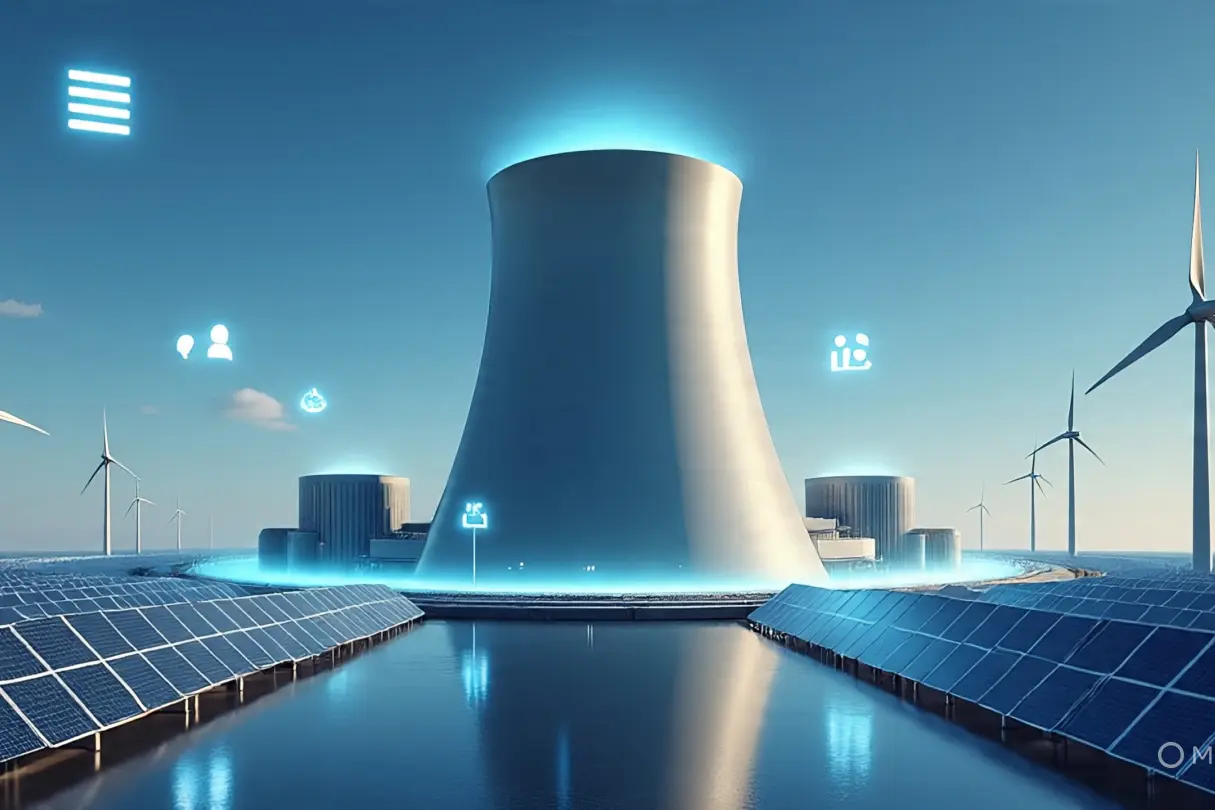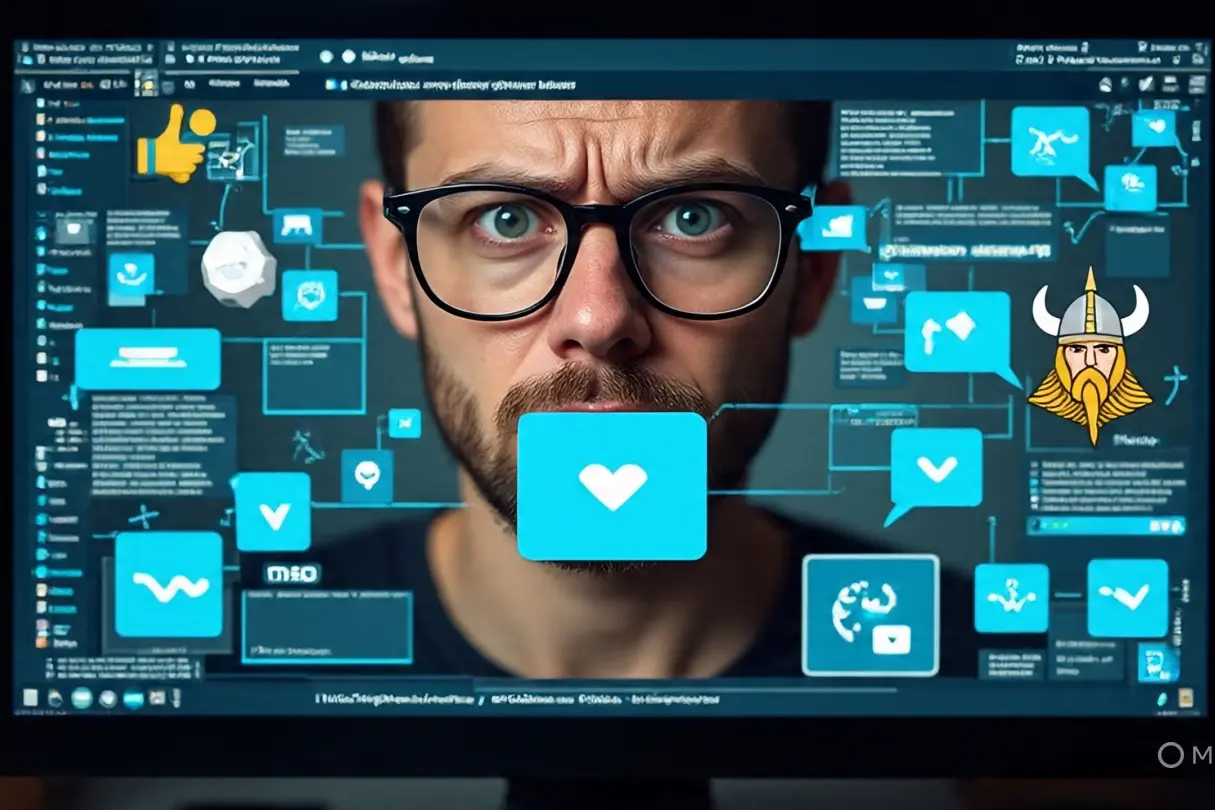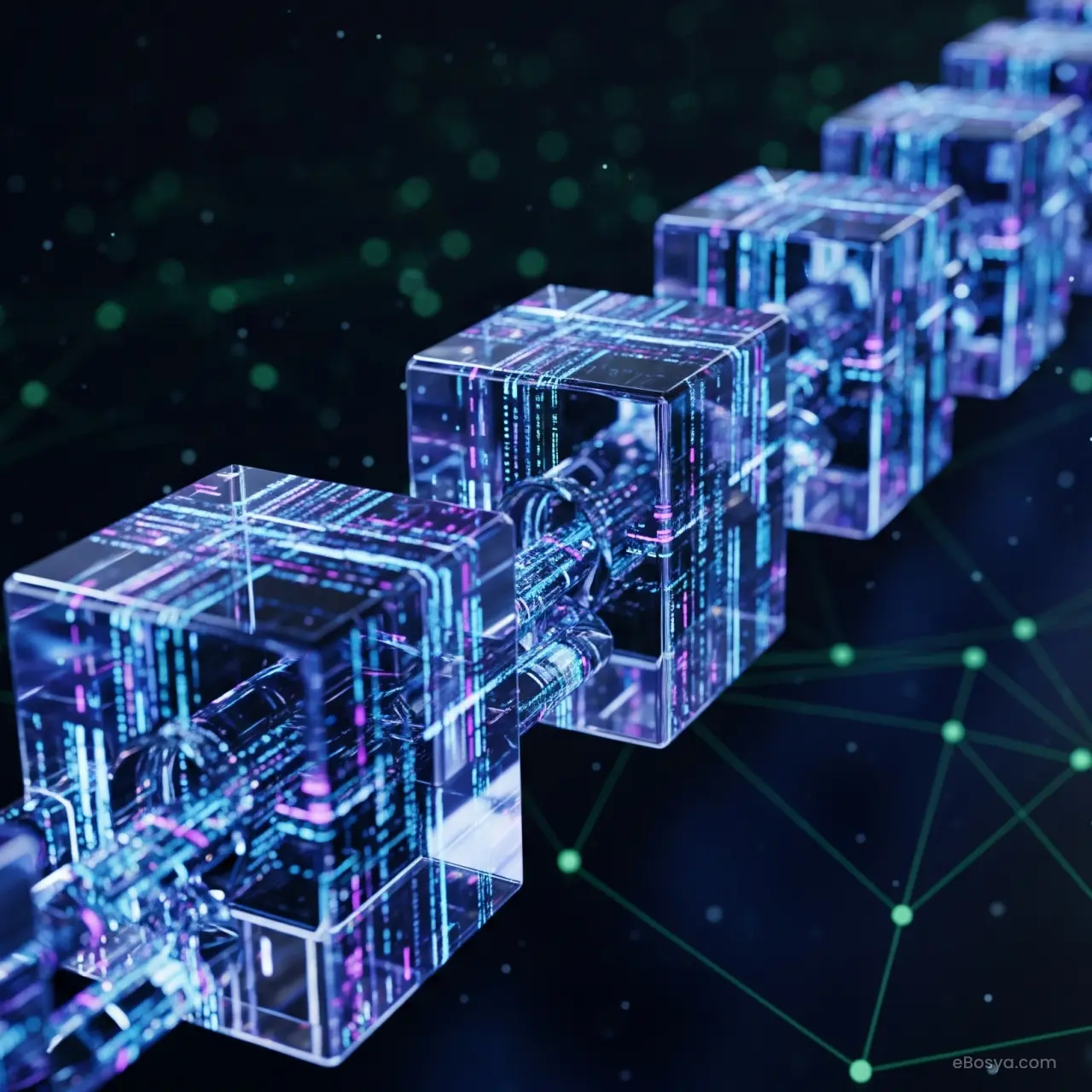Humans learn by experience. Machines? They follow instructions—until now.
What if machines could actually learn from the past the same way we do—and make decisions without being explicitly told what to do every step of the way? That’s the core idea behind machine learning. But it’s not just about copying human behavior. It’s about recognizing patterns, drawing conclusions, and getting smarter over time.
Let’s walk through a simple story to understand how it works.
A Taste in Music — and How Machines Learn It
Meet Nina. She’s got a thing for music. Over time, she’s developed specific tastes—some songs she loves, others she skips halfway through. Her preferences usually come down to things like tempo and intensity.
Now imagine you map her choices out. On a graph, the tempo runs along the X-axis (from slow to fast), and the intensity climbs the Y-axis (from mellow to powerful). The songs she loves all fall in the fast-and-intense corner. The slow, mellow ones? Hard pass.
Now a new song comes along—let’s call it Song A. It’s fast and intense. Based on past data, we can guess she’ll like it. And we’re right.
But what about Song B? It’s somewhere in the middle—neither fast nor slow, not exactly mellow but not soaring either. Can we still guess what she’ll think?
That’s where machine learning steps in. A basic ML model (in this case, one called k-nearest neighbors) can look at the songs surrounding Song B on the graph. If most of them were liked, chances are, Song B will be a hit too.
That’s learning from data. And it’s only the beginning.
The Main Types of Machine Learning
Machine learning doesn’t come in one flavor. It shows up in different forms, depending on the kind of data you’re working with and the task at hand.
1. Supervised Learning
This approach uses labeled data. That means the machine is told what each example is—just like a student studying flashcards.
Imagine a pile of coins from different currencies—rupees, euros, dirhams. Each one has a different weight. Rupees might weigh 3g, euros 7g, dirhams 4g. The machine gets this information: weight (the feature) and currency (the label). After seeing enough examples, it learns to guess the currency of a new coin just from its weight.
2. Unsupervised Learning
Now remove the labels. The machine doesn’t know what any coin is—it just sees weights. It starts grouping coins based on similarities. In another example, say you give it data on cricket players, including their total runs and wickets. It might group players into two clusters—one with high runs and low wickets (batters), the other with low runs and high wickets (bowlers). All without ever being told who’s who.
That’s unsupervised learning—making sense of raw, unlabelled data.
3. Reinforcement Learning
This one’s more like training a pet. Reward good behavior. Give feedback for mistakes. Over time, the system improves.
Suppose you show a machine an image of a dog. It guesses “cat.” You correct it. Next time, when it sees a similar dog, it gets it right. That’s reinforcement learning: trial, error, feedback, and improvement.
Why Now?
Machine learning isn’t a new idea—but it’s exploded in recent years. Why? Three big reasons:
-
Massive Data: Everyone is online. Every click, scroll, or purchase adds more training material.
-
Computing Power: Machines today are fast enough to chew through terabytes of data.
-
Advanced Algorithms: The methods have matured to actually make sense of all that information.
Together, that’s the perfect storm for AI to thrive.
Real-Life Examples (You Probably Use Every Day)
-
Healthcare: Predicting patient diagnoses and treatment effectiveness.
-
Social Media: Sentiment analysis to understand what users feel about a topic or product.
-
Finance: Catching suspicious transactions before they become fraud.
-
E-commerce: Predicting when a customer is about to leave—then stepping in to win them back.
Ever noticed how ride-hailing apps like Lyft or Uber suddenly bump up prices during bad weather or rush hour? That’s surge pricing, driven by a machine learning model that factors in real-time demand, car availability, traffic, and even weather forecasts. The system is trying to balance supply with demand—and keep both passengers and drivers happy.
Machine learning is already shaping the world in ways we barely notice. But behind the scenes, it’s making predictions, spotting trends, and constantly learning.
Look around—chances are, it’s working right next to you.




